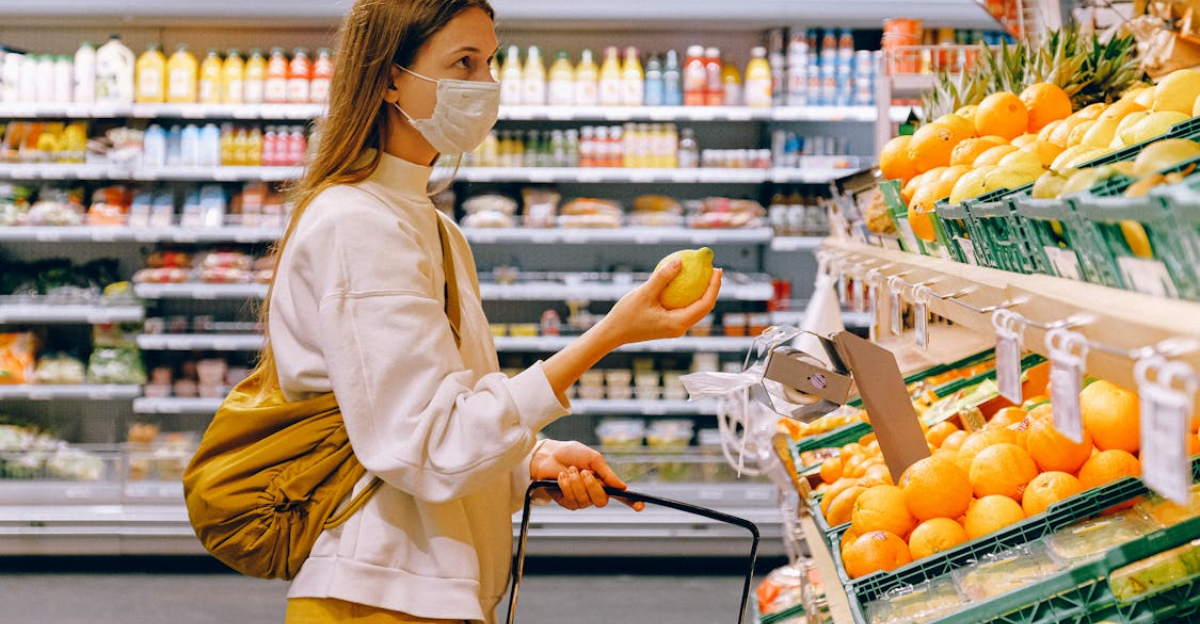
With climate change, supply chain disruptions and economic factors continuing to affect food distribution negatively, grocery stores across the country are starting to face shortages of highly essential products. Here are 19 items that are becoming increasingly difficult to find on store shelves.
1. Eggs
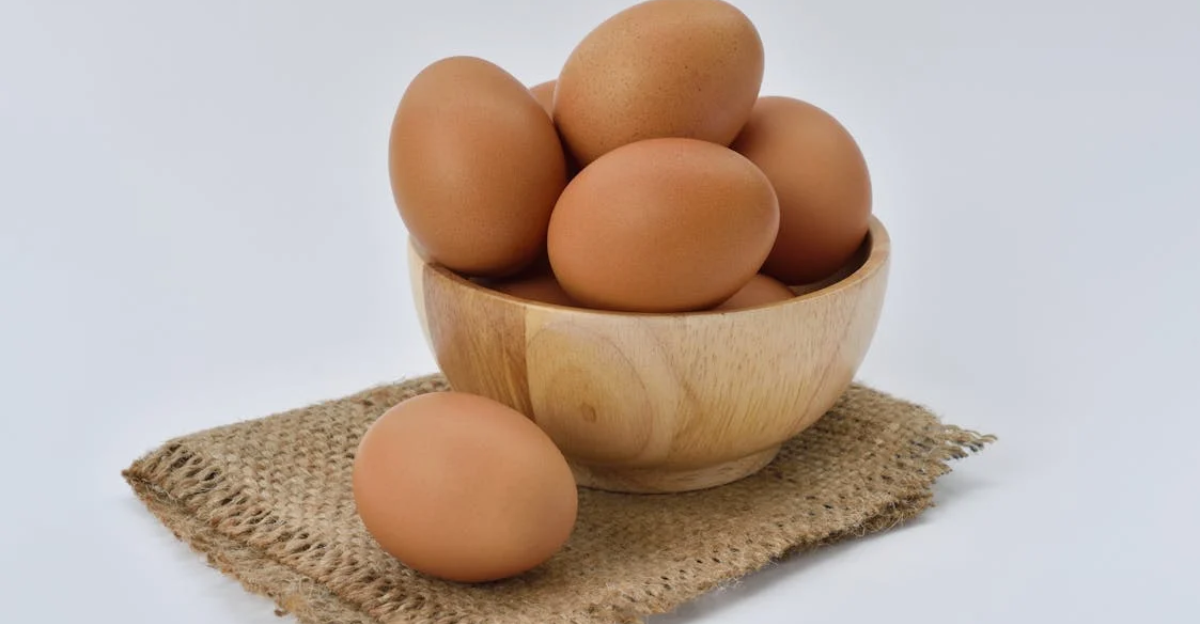
Egg availability has become quite limited mostly due to the ongoing outbreaks of avian influenza, which have devastated many poultry flocks across North America and Europe. This has led to the culling of millions of hens and these losses take months to recover from. Also, rising feed and transportation costs have contributed a lot in the rapid increase of egg prices. As a result, many consumers have no choice but to turn to alternatives such as tofu and flaxseed eggs, until supplies become steady again and prices return back to normal.
2. Wheat Products
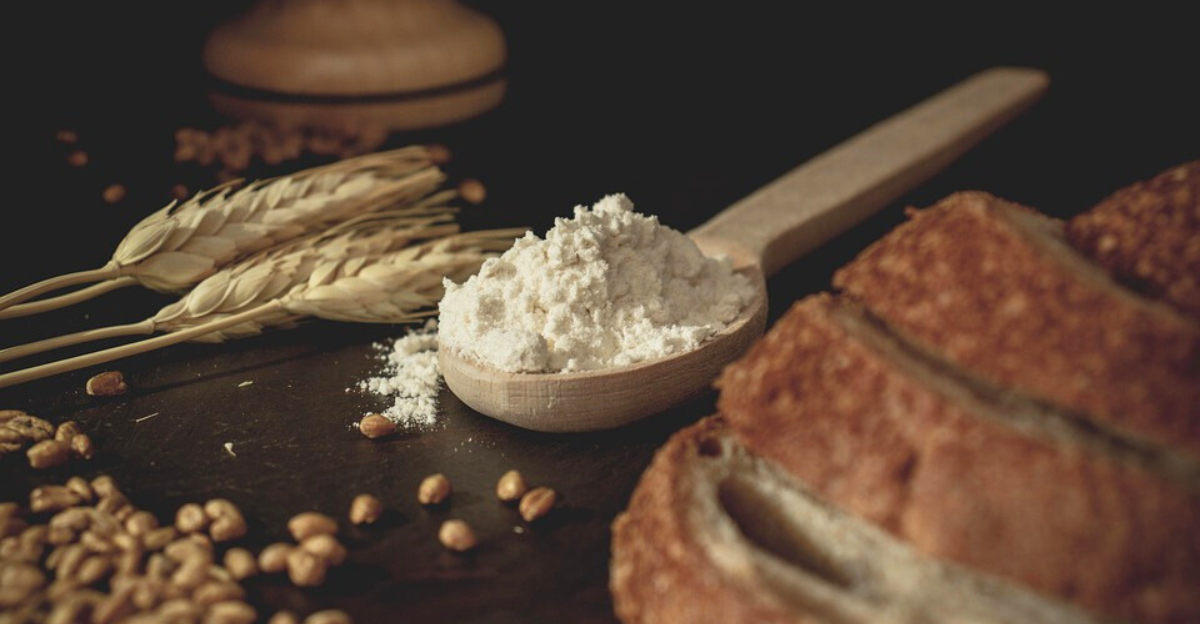
Wheat shortages are brought about by many factors. Extreme weather, geopolitical instability and export restrictions have certainly played their part, as main producers like Ukraine, Russia and some parts of the U.S. have dealt with floods, droughts and war-related derangements regarding trade. These factors have destroyed harvests and disorganized supply chains around the world. Hence the higher prices at grocery stores, along with frequent gaps in pasta, bread, flour and other wheat based goods. So it’s better to stock up a lot of flour when available, and maybe even try freezing bread.
3. Sugar

Sugar sourcing is becoming more and more difficult mainly due to climate change impact in sugarcane-growing regions like India, Thailand and Brazil. With crops being severely affected by droughts and floods, the global demand cannot be met easily. In order to preserve domestic supplies, some countries have limited exports thus creating splashes in international markets. The outcome of this is smaller stock levels in stores, decrease in sugar-heavy processed foods and higher prices. So what can be expected for sure, is brands reformulating with alternative sweeteners in the months to come.
4. Chocolate
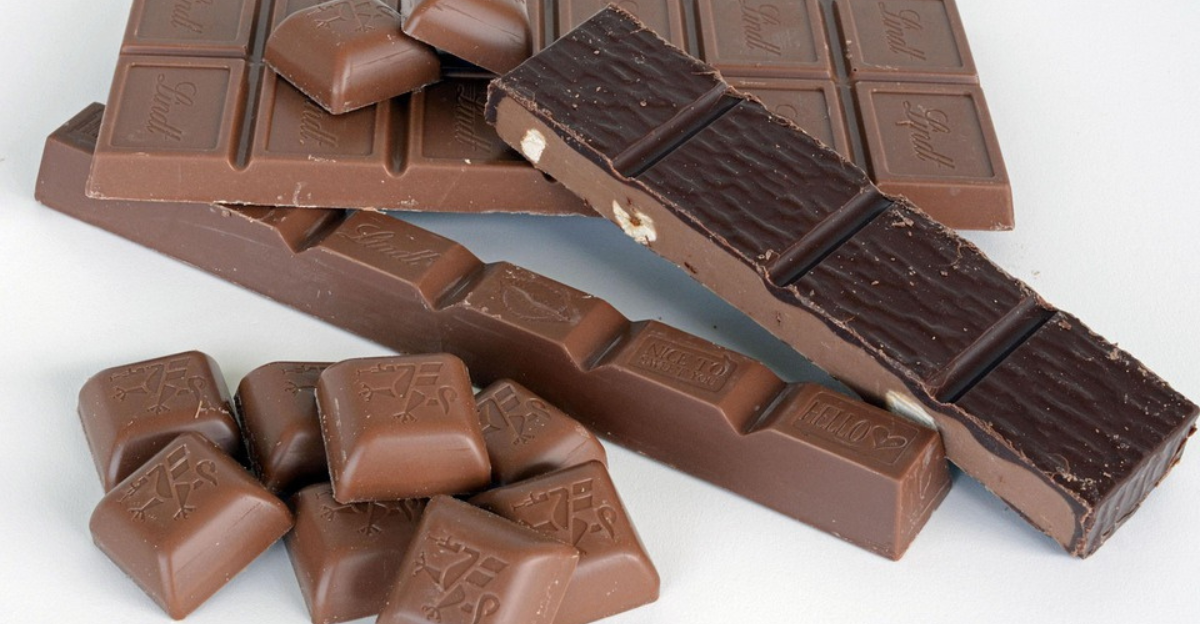
In 2024 cocoa prices reached a peak due to poor harvests in West Africa, which is the supplier for about 70% of cocoa worldwide. Dry conditions and aging trees have caused cocoa beans to become more and more rare, so chocolate makers are aiming at holding back production or reducing product sizes in order to maintain profits. Apart from the typical chocolate bars, baking chocolate, cocoa powder and seasonal items are also affected, while premium and dark chocolate varieties are the most impacted. Potential alternatives include carob powder and white chocolate, since it’s made from cocoa butter.
5. Dairy
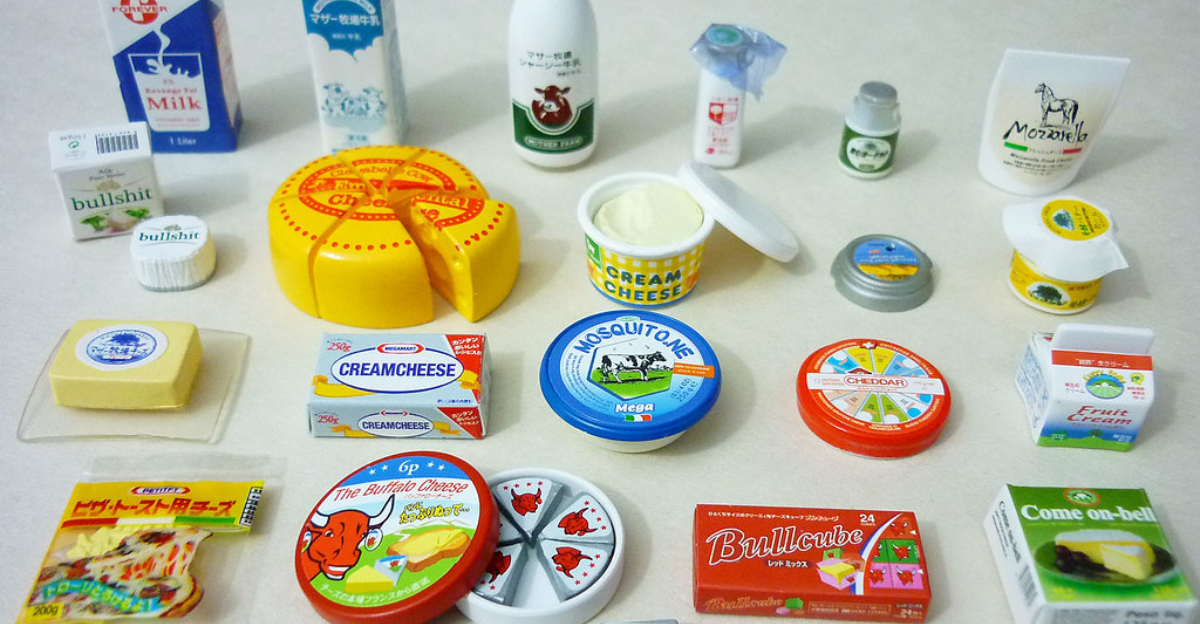
Dairy products are facing major shortages due to a mix of factors. Among them are labor shortages, feed costs and livestock affected by extreme weather conditions. With milk production declining in many regions, supply gaps are caused for products like cheese, yogurt and butter. Many brands have shortened flavored varieties and organic options to maintain core products in stores. Prices have also skyrocketed, especially for specialty cheeses. Slowly switching to plant-based alternatives like oat or almond milk and vegan cheeses, is probably the way to go.
6. Seafood
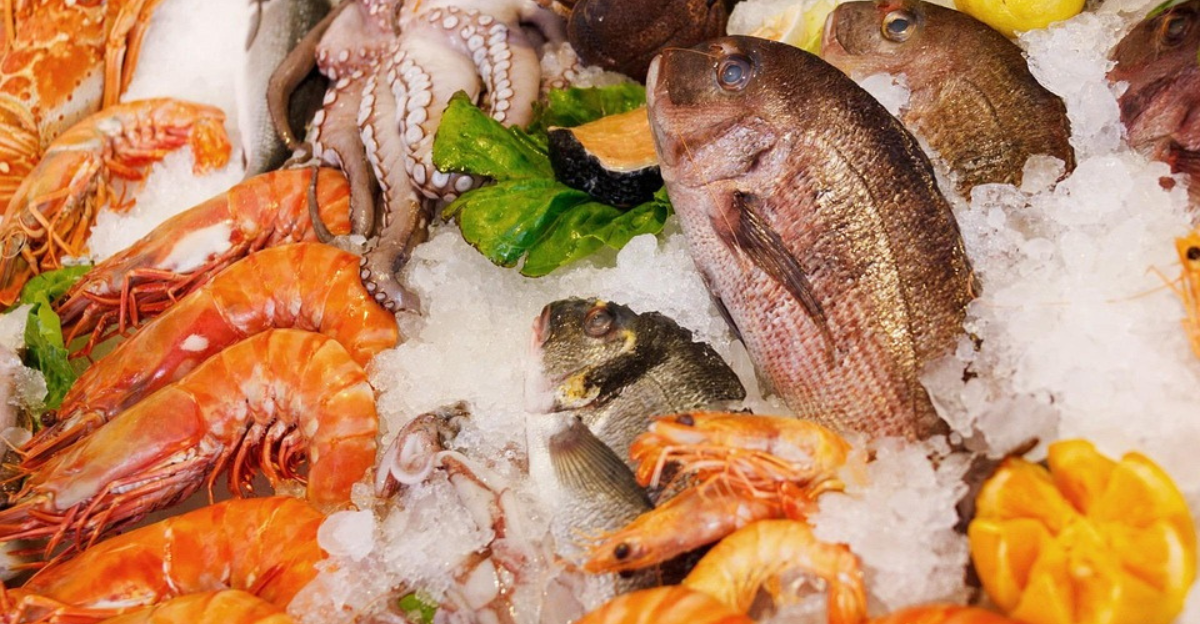
International trade regulations, overfishing and, once again, climate change are leading to seafood shortages worldwide. More specifically, global supplies of salmon, cod and tuna are greatly affected by disrupted fish migration and reproduction patterns that warmer oceans have caused. Fuel and labor shortages have also led fishing operations to drop. Therefore, the phenomenon of empty freezers and high prices is starting to appear. Canned or frozen fish can be a solution for the time being, but you can also check your local fish market too as it may have more consistent supply.
7. Spices
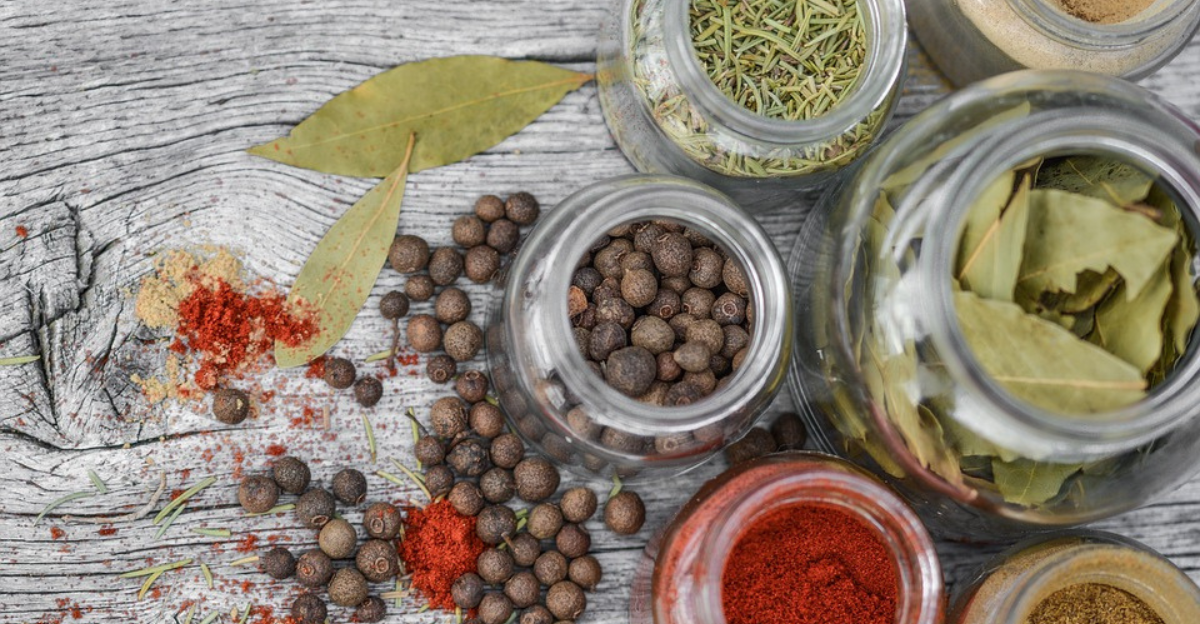
Unseasonal rain and heat have caused spices, especially black pepper, to face weakened yields from big producers like Vietnam and India. As if that wasn’t enough, there have been slowdowns in trade but an increase in global demand. As a result, you may deal with reduced availability along with higher prices in grocery stores or even smaller package sizes and limited stock of spice blends that include black pepper. White pepper, cayenne and paprika are starting to emerge as alternatives, with bulk-buying spices when available also being a wise choice.
8. Almonds
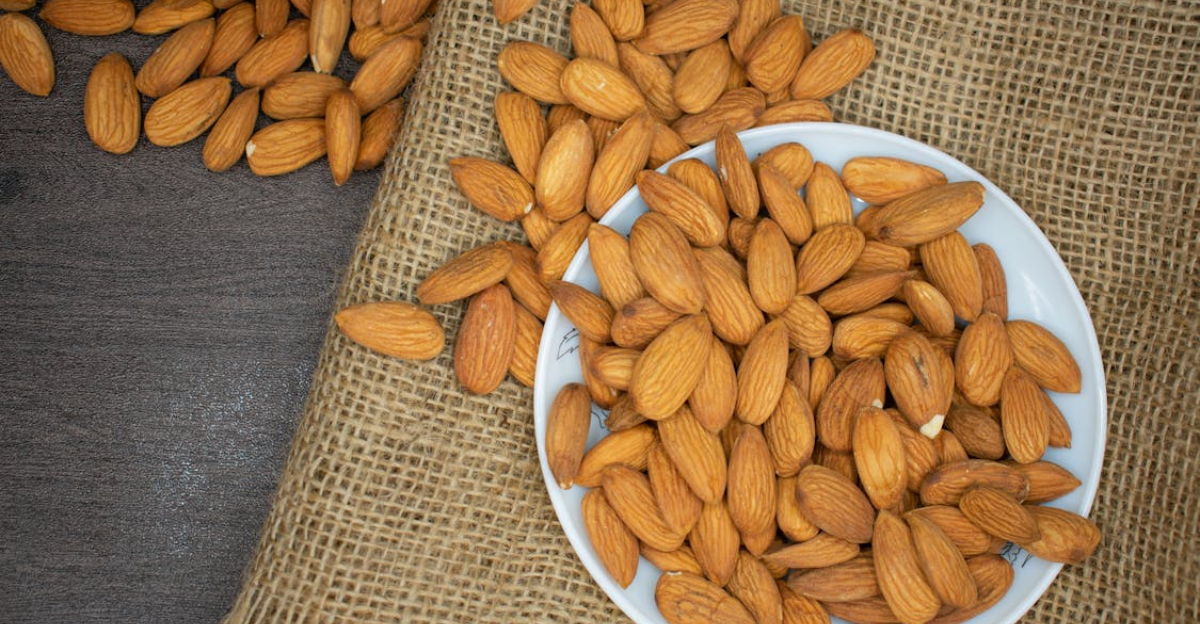
As one of the most water-intensive crops, it can easily be assumed that almonds have been struck by constant drought and rising costs in water. Because of this, growers are switching to less demanding crops so stores are dealing with fewer and fewer almonds on shelves, as well as a rise in prices for almond based products such as milk, butter and flour. So the best you can do right now, is to stay alert for seasonal availability or substituting with sunflower seed, cashews or oats for snacking or baking.
9. Baby Formula

Since the Abbott factory shutdown in 2022, baby formula shortages have become more frequent, with supply being far from a full rebound. Despite increased imports and state interference, production impediments, shortages on labor and logistic problems continue to lead to empty shelves, with specialty formulas and specific brands being the most hard to find. Stocking up in advance and sticking to the same brand are solutions that pediatricians recommend for now.
10. Cooking Oil
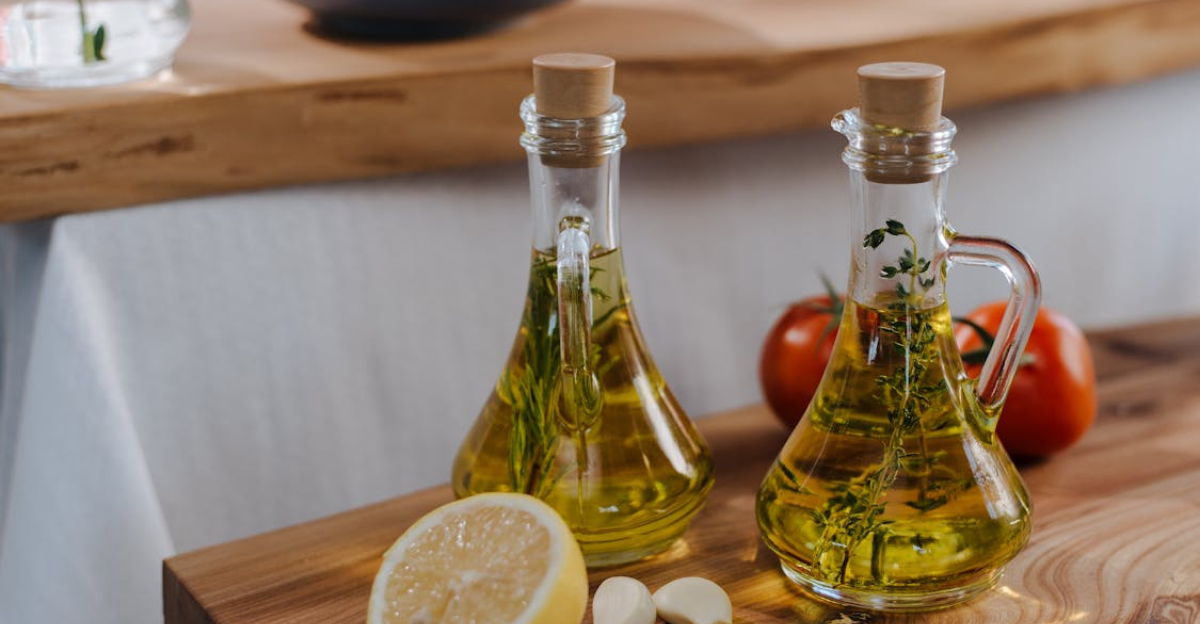
Cooking oils have seen continuing shortages mainly due to droughts in areas that produce oilseed and geopolitical issues emerging in Eastern Europe. Some of the leading sunflower oil exporters, like Ukraine and Russia, are facing significant drops in exports. At the same time, palm and canola oil crops are also affected by environmental factors. This has led to price escalation and limited supplies of neutral oils. Shoppers may also notice apportioned quantities and unfamiliar brands. Regarding olive oil, it remains more available despite its higher price. Temporary swaps include ghee as well as coconut or avocado oil.
11. Rice and Corn
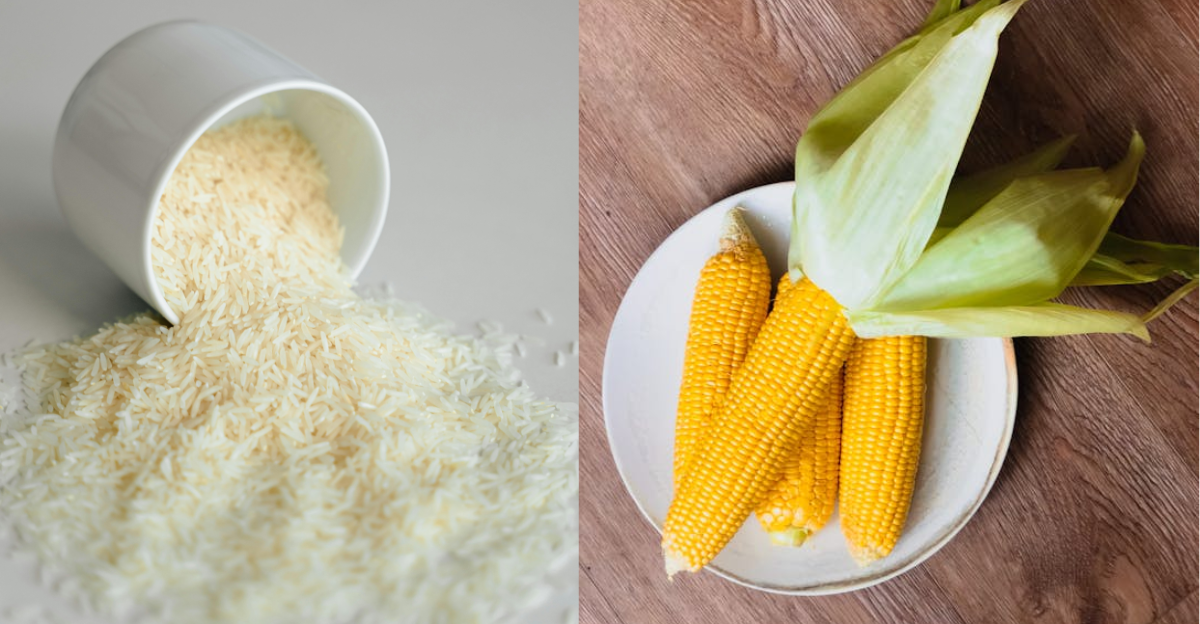
Pexels – Ekaterina Lifirenko (right)
Shortages in staple grains like rice and corn have been more prominent recently due to droughts, increasing fertilizer expenses and export bans. India, being one of the main rice exporters, has been reducing exports in hopes of controlling domestic inflation. While the global market is facing restrictions because of this, corn has also seen a drop in availability mainly due to its diversion for biofuel use in some countries. At home, this impacts products like cereal, tortillas or cornmeal. There are also limited options for consumers when it comes to rice varieties, so barley, quinoa or bulgur are coming up as decent rice alternatives, while polenta and grits are corn ones.
12. Bread

Although bread shortages are not a new phenomenon, they’re becoming more common mostly due to personnel shortage and higher costs of flour and yeast. There is reduced production in smaller bakeries, while grocery stores seem to prioritize white and wheat loaves that sell more. Retailers are also reducing the frequency of deliveries to limit expenses and as a result, consumers are seeing more empty shelves. Baking at home or freezing loaves for more consistent supply are possible solutions, along with considering local bakeries and markets.
13. Canned Pet Food
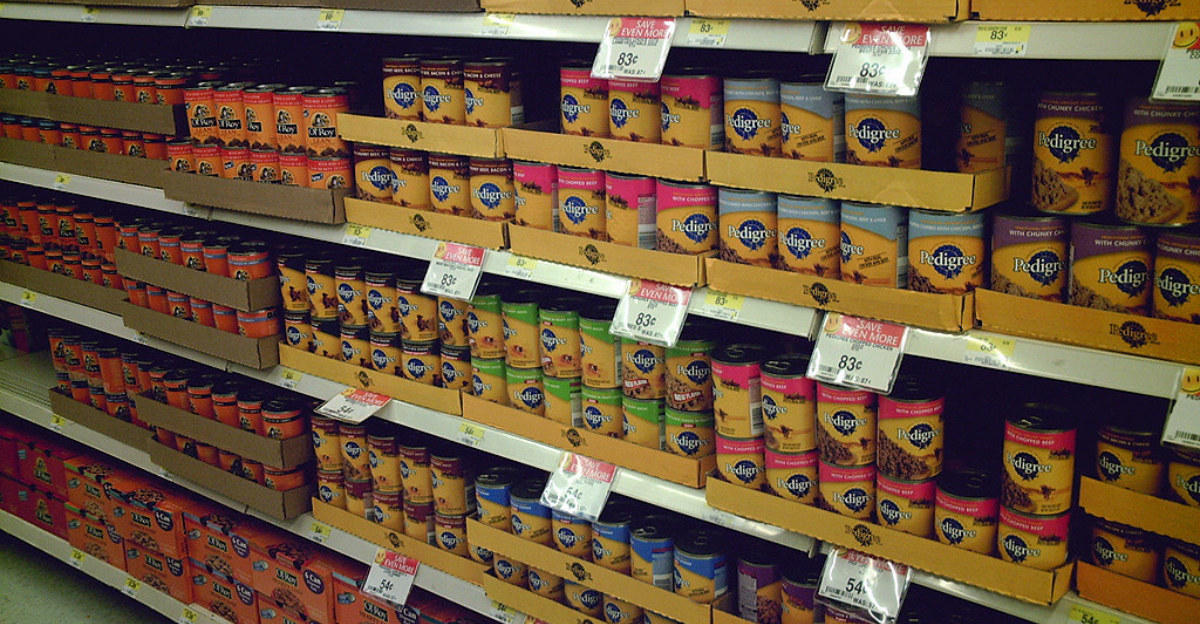
Shortages in canned pet food came from a combination of problems in aluminum can supply and an upswing in the number of people acquiring pets during the quarantine. Manufacturers are having trouble keeping up with demand, as meat shortages and import delays also add to the situation. Consulting your vet for the right alternatives and for when to change your pet’s diet is very important. Also, you can stay alert for restocks and subscriptions to more trusted brands.
14. Packaging Materials
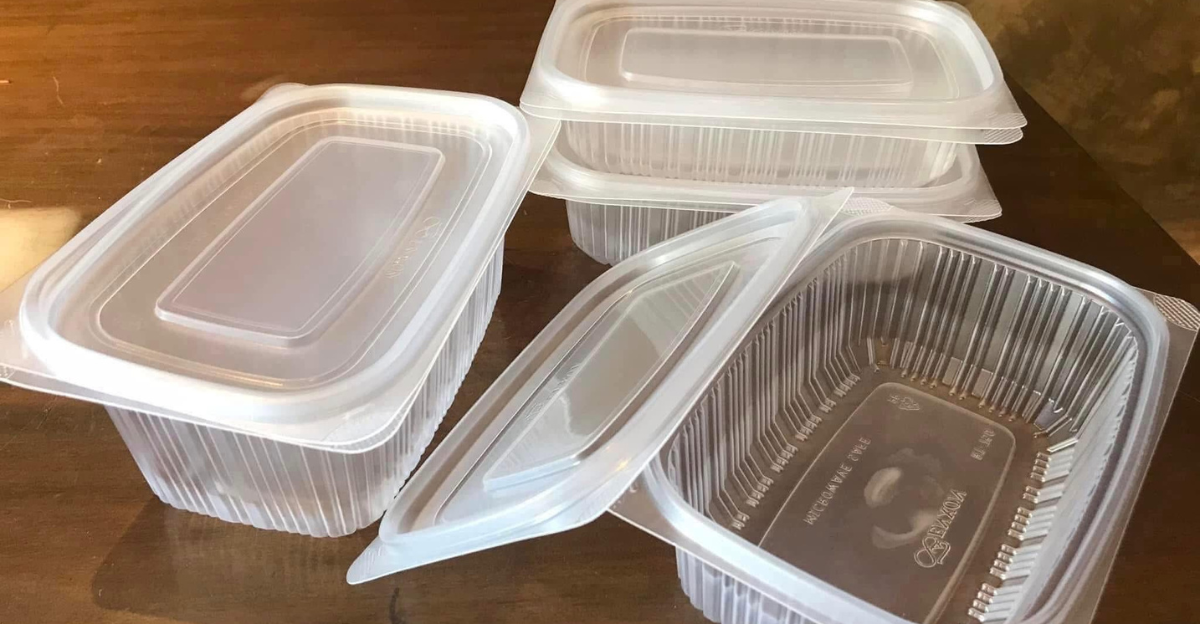
Are there even shortages in packaging? The answer is yes and their impact on food is bigger than you imagined. Due to labor shortages and price spikes in paper, plastic and glass, the packaging of many food products from bottled sauces to snacks is affected. Even when there is no problem in food availability, its arrival can sometimes be delayed because of a lack of containers. While this issue is not always visible, it often causes items to disappear from the shelves. Again, bulk buying stands as a solution, as well as choosing unpackaged items.
15. Batteries

Though not a food item, batteries are essential for many household devices and that’s why their shortages are posing a problem. The most recent ones are caused by rising demand in lithium and reduced factory output. Besides homes, grocery stores have also seen more frequent sellouts of mostly AA and AAA batteries. As prices are also climbing, it’s better to stock up now and opt for rechargeable batteries in order to minimize both waste and cost. Also, look out for big shortages especially during storm seasons or holidays.
16. Pistachios
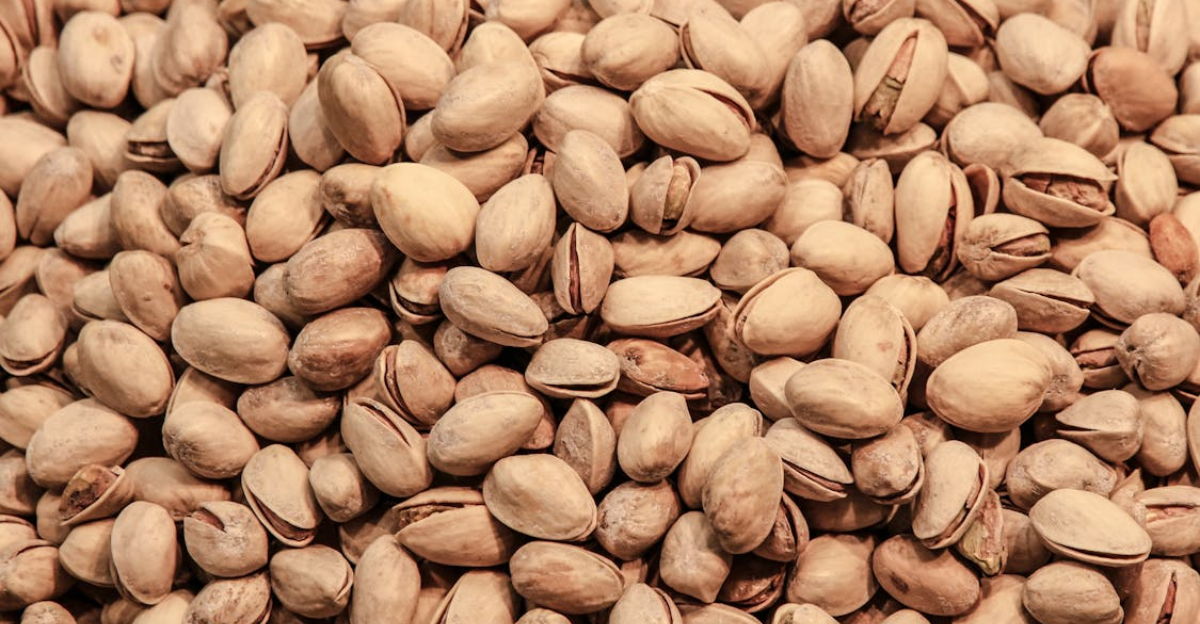
A social media-driven obsession over pistachio products, such as Dubai chocolate and pistachio lava cakes, has led to an unexpected pistachio shortage globally. In combination with low harvests in California due to droughts, pistachio prices have soared in 2025. While supermarkets are reducing sales, some pistachio based sweets are off the shelves for now. Other nuts are solid alternatives and bulk buying them raw to roast them at home, is an effective solution in terms of cost.
17. Matcha

Matcha green tea is another product that has gone viral recently, with TikTok recipes and trends growing as we go. However, matcha’s production can be very sensitive to disruptions since it’s sourced from only a few Japanese regions. Weather problems have worsened the situation, so prices have increased and premium matcha has become more scarce. If you drink it daily, you should consider stocking up when it’s most available or try experimenting with lower-grade matcha. Similar benefits are also offered by green tea bags or loose-leaf teas.
18. Bananas
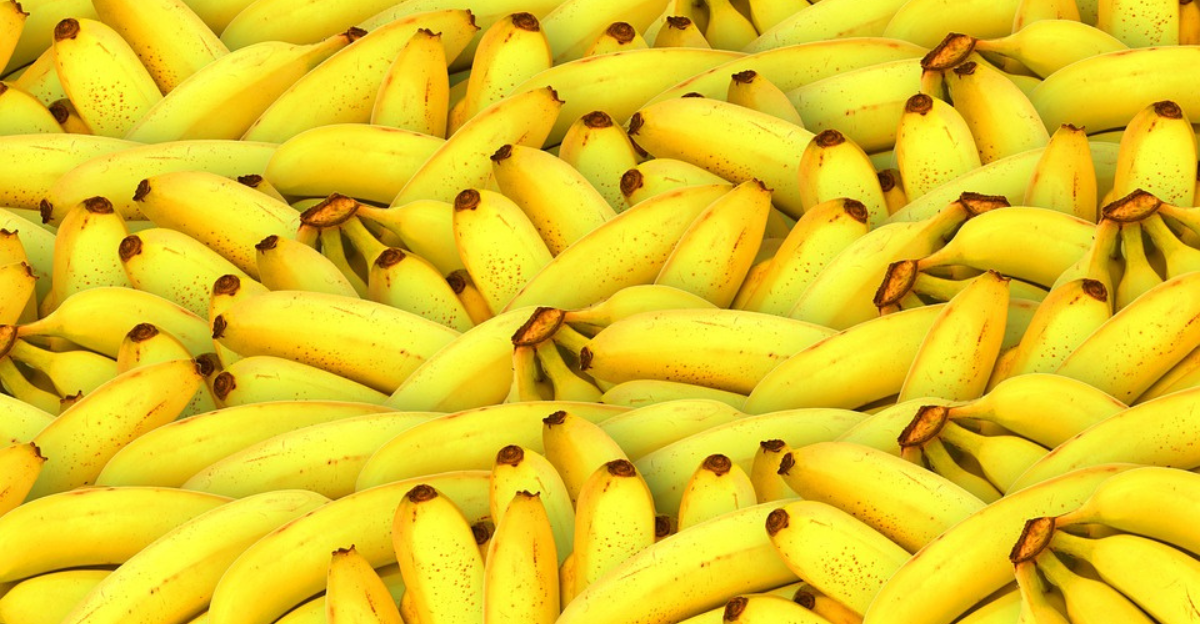
While banana shortages have impacted mostly the UK and Europe, due to supply routes being disrupted by storms in South and Central America, it’s not unlikely that the U.S. will see shortages caused by similar weather conditions. The Panama disease also poses a threat to bananas, as it can spread through plantations and ruin harvests. The result is more bruised or underripe bananas at high prices. Frozen bananas are a good choice, while there is also the alternative of limiting dependency on this specific fruit by switching to similar ones when there are gaps on shelves.
19. Non-Alcoholic Beverages

Fruit juice supplies are limited because of poor citrus crops in regions like Brazil and Florida. The main cause is the greening disease, which has reduced orange juice production, while coffee plants are also facing threats from fungi and droughts. Of course, prices have risen and variety is low particularly when it comes to flavored or cold-brew options. Stocking up whole beans and brewing at home can stand as a more economical choice for now, but opting for long-lasting products when found in abundance and trying herbal drinks are also good alternatives.
